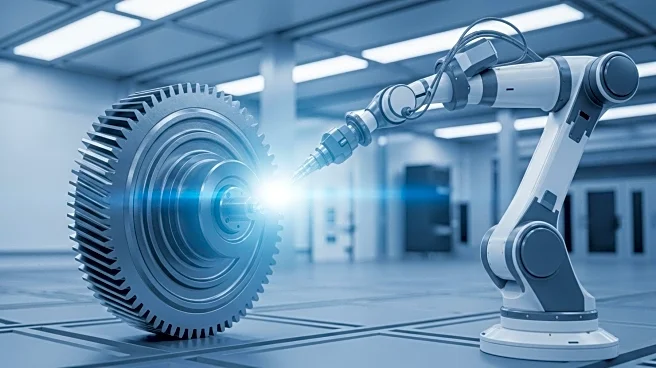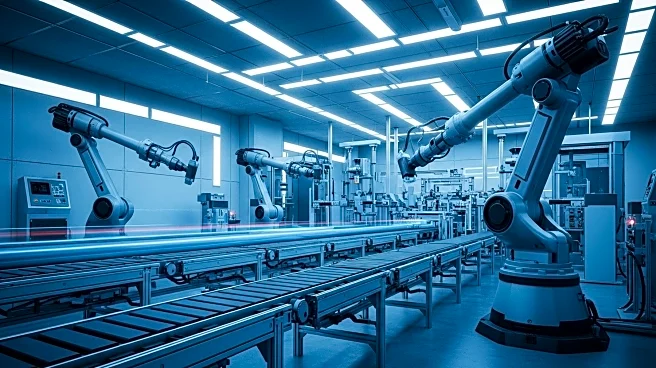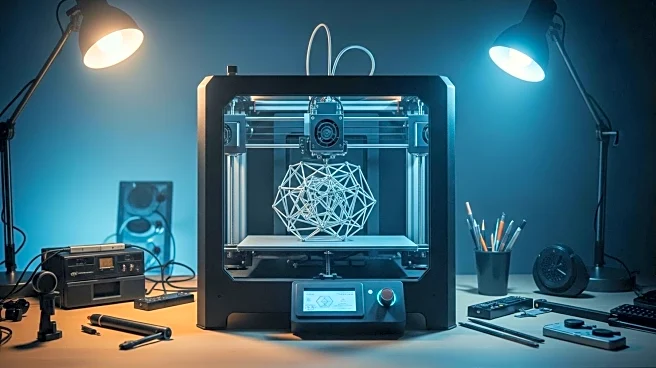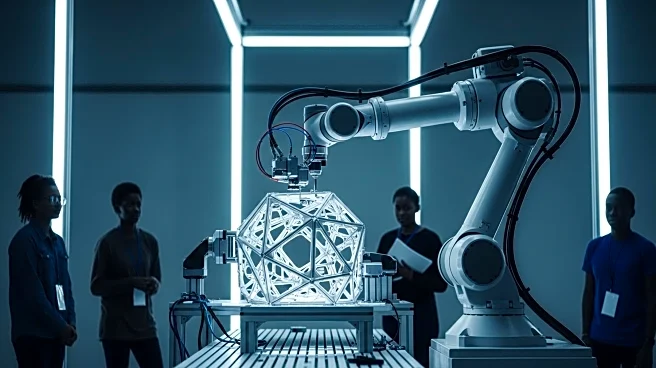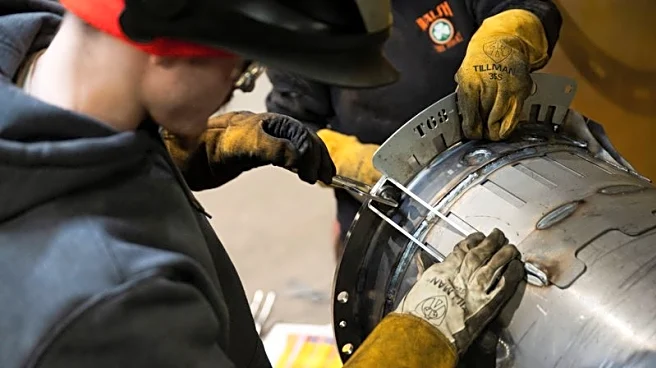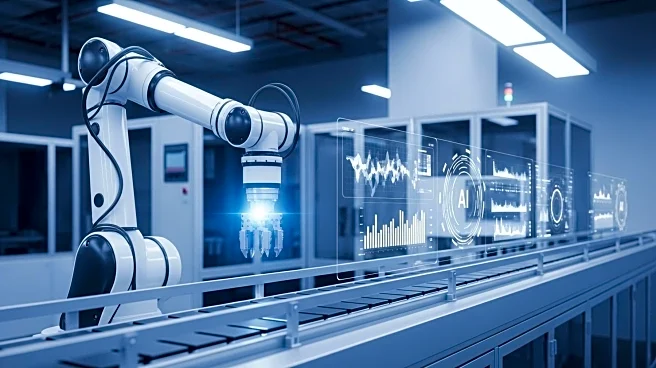What's Happening?
A recent survey conducted by Industrial Equipment News (IEN) has revealed significant insights into the current state of the manufacturing industry. The survey, which gathered responses from industry professionals, focused on several key issues, including career recommendations, the skills gap, and the impact of regulatory bodies like OSHA. Notably, 78.24% of respondents would recommend a manufacturing career to younger generations, indicating a positive outlook on the industry's future. However, 63% of participants believe that the skills gap in manufacturing will remain unclosed, highlighting ongoing challenges in workforce development. Additionally, 82% of respondents view OSHA as beneficial to the industry, despite the current administration's deregulatory stance. The survey also touched on the impact of tariffs, with 56% of respondents expressing concern over potential negative effects on U.S. manufacturing.
Why It's Important?
The findings from the IEN survey underscore critical issues facing the U.S. manufacturing sector. The willingness of industry professionals to recommend manufacturing careers suggests a potential for growth and revitalization in the sector, which could lead to increased job opportunities and economic benefits. However, the persistent skills gap poses a significant challenge, as it may hinder productivity and innovation. The positive perception of OSHA indicates that regulatory frameworks are seen as essential for maintaining workplace safety and standards, which could influence future policy decisions. The mixed views on tariffs reflect broader economic uncertainties that could impact manufacturing costs and competitiveness. These insights are crucial for policymakers, industry leaders, and educators as they navigate the complexities of sustaining and advancing the manufacturing industry.
What's Next?
The survey results suggest several potential actions and considerations for stakeholders in the manufacturing industry. Addressing the skills gap will likely require targeted educational and training initiatives to equip the workforce with necessary competencies. Industry leaders may also need to advocate for balanced regulatory policies that ensure safety without stifling innovation. The mixed opinions on tariffs highlight the need for strategic trade policies that support domestic manufacturing while mitigating adverse economic impacts. As the industry continues to evolve, ongoing dialogue and collaboration among manufacturers, government agencies, and educational institutions will be essential to address these challenges and capitalize on emerging opportunities.

